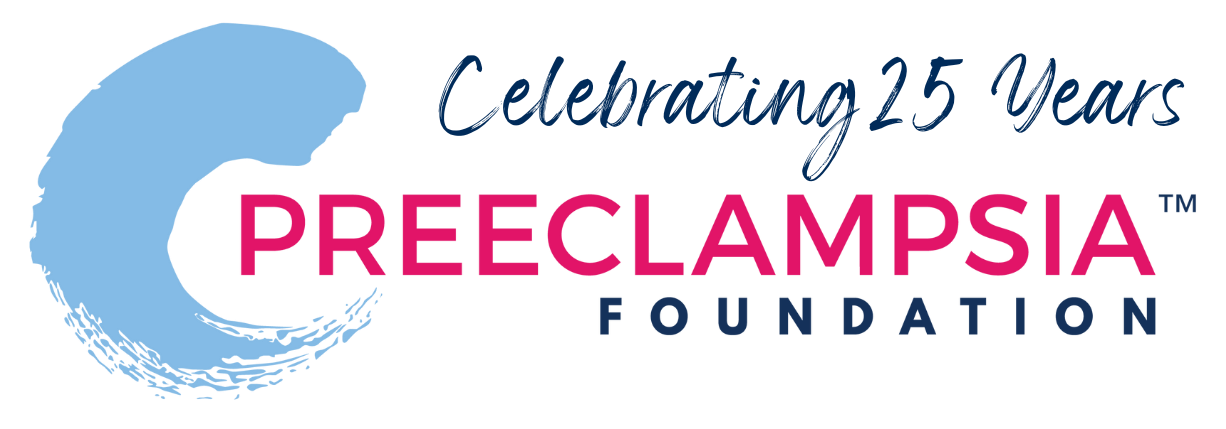
US Preventative Services Task Force Affirms Recommendations on Aspirin Usage for Preeclampsia Prevention
The U.S. Preventive Services Task Force (USPSTF) announced today the confirmation of their recommendations on the usage of aspirin for the prevention of preeclampsia. The guidance from the USPSTF reaffirms the 2014 recommendations for usage of low-dose aspirin (typically 81mg) starting between 10-16 weeks of pregnancy to prevent preeclampsia in women who are at high risk for the condition. (Read more about aspirin)
Although the level of the recommendation — B — remains unchanged, “it is strengthened by new evidence from additional trials demonstrating reduced risks of perinatal mortality with aspirin use,” the USPSTF wrote in Journal of the American Medical Association (JAMA).
Healthcare policy makers and clinicians continue to be concerned about the rising rates of preeclampsia in the US and the corresponding racial disparities that occur among Black and indigenous people of color. The authors of a corresponding evidence report showed new incidence data since the original 2014 recommendations. There were 46.6 cases of preeclampsia for every 1,000 deliveries in the US in 2014, an increase from 38.4 cases per 1,000 deliveries in 2005. In addition, the cases of preeclampsia "with severe features" has increased, largely due to an increase in the presence of pre-existing chronic conditions like hypertension, diabetes, and metabolic syndrome.
"For women with moderate-to-severe risk of preeclampsia, these recommendations reaffirm the use of aspirin starting early in pregnancy to mitigate patients' future risk," said Preeclampsia Foundation CEO Eleni Tsigas. "Our goal is to ensure that women at risk know about aspirin through the tools available on our website and how to talk to their healthcare provider about aspirin usage."
Risk factors within the USPSTF recommendations fall into three categories: High, Moderate, and Low. The high-risk category, for whom aspirin is recommended based on if the patient has ≥1 of these high-risk factors include:
- History of preeclampsia, especially when accompanied by an adverse outcome
- Multifetal gestation
- Chronic hypertension
- Pregestational type 1 or 2 diabetes
- Kidney disease
- Autoimmune disease (ie, systemic lupus erythematous, antiphospholipid syndrome)
- Combinations of multiple moderate-risk factors
The moderate risk category, for whom aspirin is recommended based on if the patient has ≥2 moderate-risk factors, but may also be considered if the patient has 1 of these moderate-risk factors, include:
- Nulliparity
- Obesity (ie, body mass index >30)
- Family history of preeclampsia (ie, mother or sister)
- Black persons (due to social, rather than biological, factors)
- Lower income
- Age 35 years or older
- Personal history factors (eg, low birth weight or small for gestational age, previous adverse pregnancy outcome, >10-year pregnancy interval)
- In vitro conception
Those with a previously uncomplicated pregnancy and delivery would be considered at low risk and aspirin would not be recommended.
The USPSTF recommendation aligns with guidance from other major health organizations: The American College of Obstetricians and Gynecologists and the Society for Maternal-Fetal Medicine recommend low-dose aspirin (81 mg/d) prophylaxis for persons at high risk of preeclampsia; the regimen should be initiated between 12 and 28 weeks of gestation (optimally before 16 weeks) and continued daily until delivery. Additionally, low-dose aspirin prophylaxis should be considered for individuals with more than 1 of several moderate-risk factors for preeclampsia. Persons at risk of preeclampsia are defined based on the presence of 1 or more high-risk factors (history of preeclampsia, multifetal gestation, kidney disease, autoimmune disease, type 1 or type 2 diabetes, and chronic hypertension) or more than 1 of several moderate-risk factors (first pregnancy, maternal age 35 years or older, a body mass index greater than 30, family history of preeclampsia, sociodemographic characteristics, and personal history factors). The World Health Organization and the American Heart Association/American Stroke Association also recommend low-dose aspirin use for the prevention of preeclampsia in persons at increased risk.
It is our collective voice that reduces isolation for others, raises awareness and improves healthcare practices. Let's raise up our voices so more women know about preeclampsia and HELLP syndrome and less women have adverse outcomes!
Related Articles

Hypertensive disorders of pregnancy significantly increase your risk of developing long-term heart problems. A careful review of blood pressure elevations during and after pregnancy may assist in iden...

Hypertensive disorders of pregnancy (HDP) can affect different groups of women in different ways, and even though we know this happening, we don't fully understand why. There are many factors, like bi...

There is growing evidence that studies examining pregnancy and its complications need to start early within the pregnancy to fully understand the nature of preeclampsia. Key gestational milestones, wh...

It is known that chronic hypertension and high BMI (body mass index) are risk factors for hypertensive disorders of pregnancy (HDP). Studies documenting this risk have usually assessed blood pre...

Several biomarker tests are under development to predict or diagnose preeclampsia. While none of these tests are yet widely accepted in U.S. clinical practice, two FDA-approved tests are available in...

